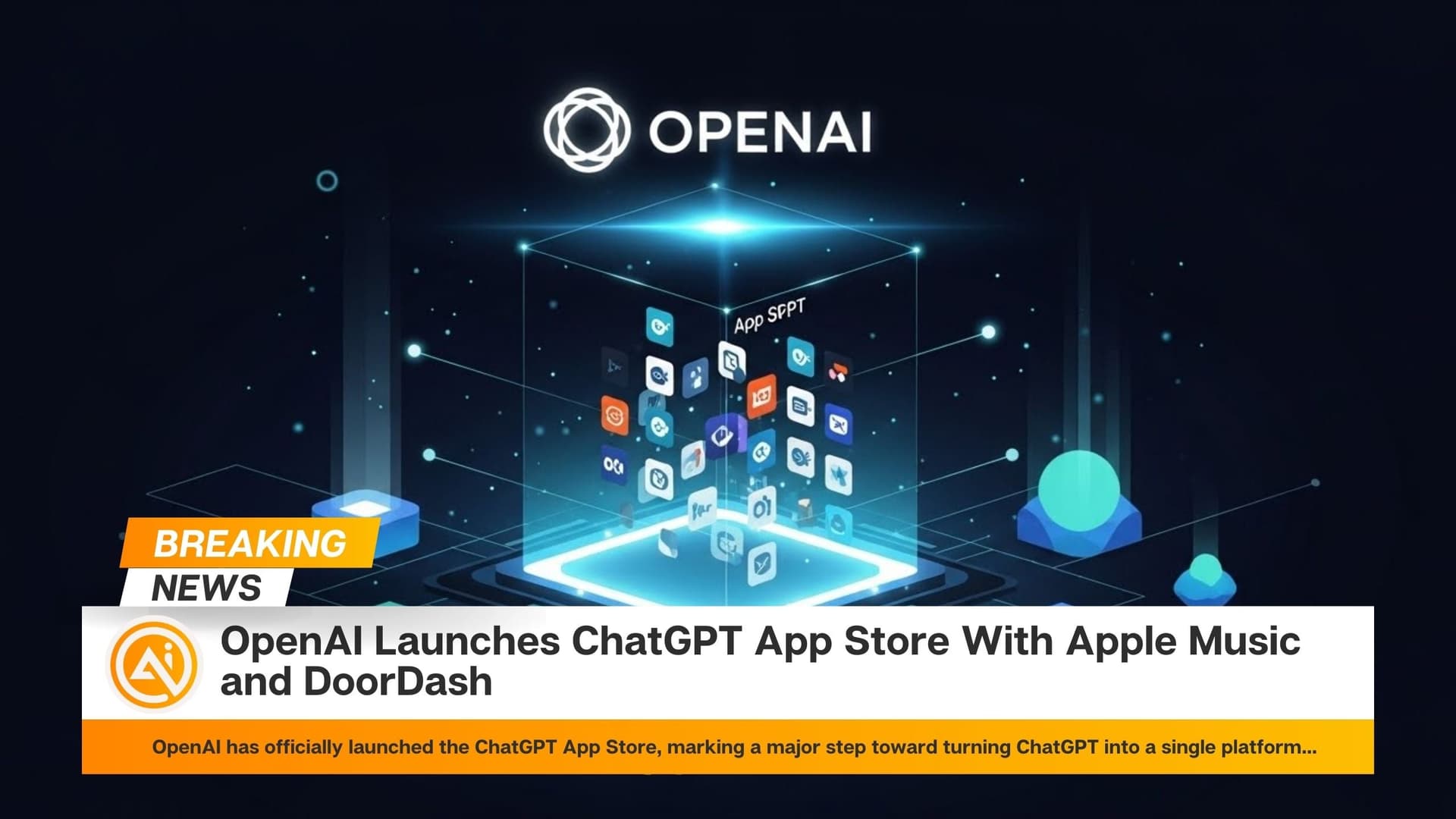Sam Altman once described the relationship between OpenAI and Microsoft as the “best partnership in tech.” But today, that alliance is showing signs of strain. After years of deep collaboration that helped ignite the modern AI boom, OpenAI and Microsoft are now preparing for more independent futures.
Over the past six years, Microsoft invested billions into OpenAI, providing critical resources that allowed ChatGPT to become a global phenomenon with more than 500 million weekly users. In return, OpenAI’s advanced generative AI technologies fueled a surge in Microsoft's business, helping its share price triple. Their partnership became a cornerstone of the AI industry’s explosive growth.
However, signs of separation are becoming clear. Both companies appear increasingly focused on their own strategic paths rather than deepening their collaboration further. While Microsoft remains a key OpenAI partner and investor, it is also investing heavily in building its in-house AI capabilities, lessening its reliance on OpenAI. Meanwhile, OpenAI continues to push forward independently, securing major funding rounds and expanding its product reach.
This shift comes at a critical moment for the tech industry, as companies race to dominate the generative AI space. OpenAI has reached a valuation of $300 billion following recent funding, putting it ahead of many major publicly traded companies in market value. At the same time, Microsoft is working to balance its ties to OpenAI with its ambitions to develop proprietary AI solutions within its own ecosystem.
Though Altman and Nadella’s partnership sparked a technological revolution, both leaders now seem intent on ensuring their organizations can thrive without being tied too closely together. Their evolving relationship reflects the broader changes sweeping through Silicon Valley, where competition and collaboration often move hand-in-hand as the stakes in AI innovation continue to grow.
